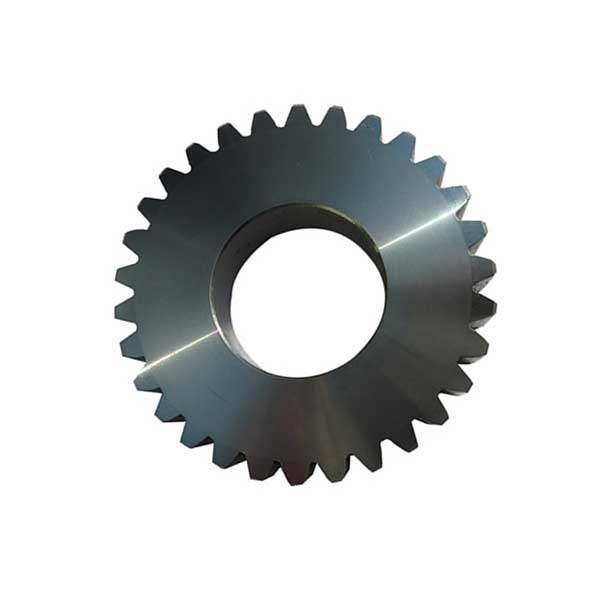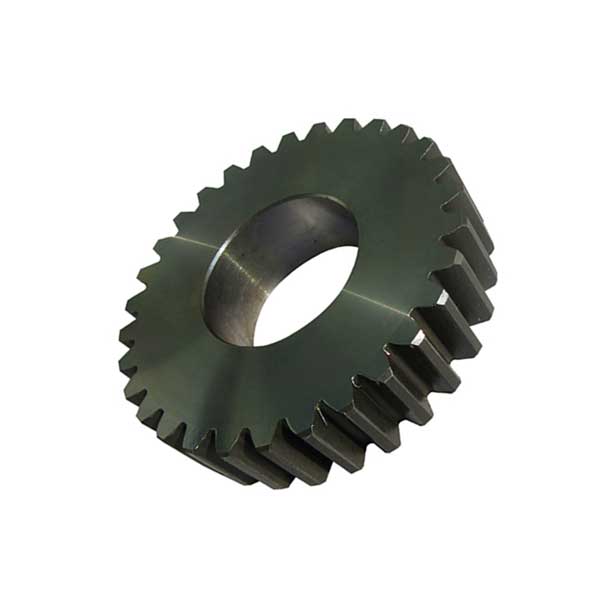Gear forgings, as the name suggests, are a kind of gear produced by forging technology. The performance of gear forgings will be more stable, and the damage rate will be reduced a lot during operation, so the demand for gear forgings is very large.
Gear forgings are also a kind of forging products. When forging, it needs to be carried out according to the rules. At the same time, some hard technical requirements need to be met. Now forging manufacturers will introduce the technical requirements of gear forgings.

1. The allowance size of gear forgings should conform to national standards.
2. Gear forgings should ensure a suitable forging ratio during forging, and should not be forged with round steel of similar size.
3. Do not use billet forging.
4. The material of gear forgings should be consistent with the material of the parts, and the chemical composition should meet the national standard. And issue a bill of materials.
5. To ensure normal forging temperature, not forging at low temperature or over-burning.

6. The shape of the forgings should be neat and uniform, and no forging defects such as stacking and breaking are allowed.
7. Ultrasonic flaw detection shall be done after rough turning of forgings. Gears shall not exceed φ3 equivalent, and others shall not exceed φ4 equivalent. The inspection report shall prevail.
8. Normalizing after forging.
9. Write the part number with paint on the forging.
The above content is the technical requirements that we need to meet when we carry out gear forging. From the introduction of this article, you should have a general understanding. Gear forgings are still widely used, and are generally used in various machinery. Finally, learning to use gear forgings correctly can extend the actual service life.


